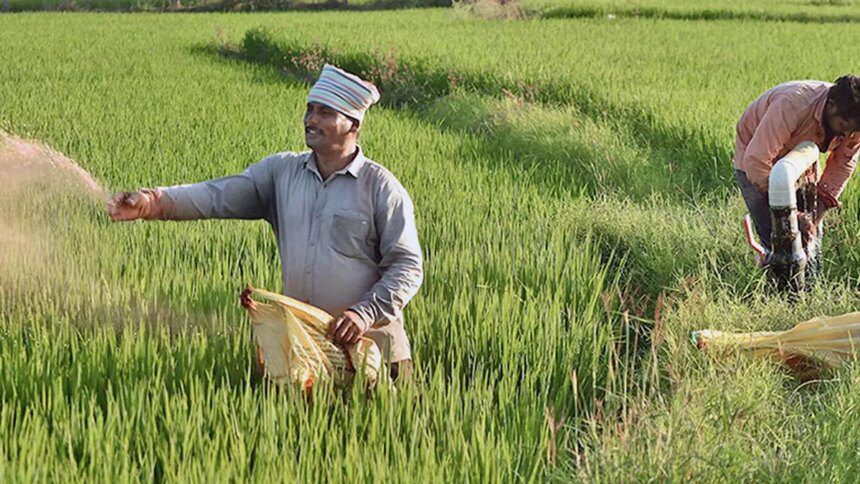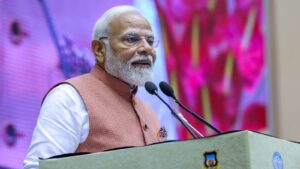Urea sales in the current fiscal year up to December 31 saw a 6.4 per cent increase to 300.26 lakh tonnes (lt) from 282.08 lt in the previous year. Overall fertilizer sales also witnessed a 7.3 per cent growth to 525.92 lt during the same period, primarily driven by lower sales of Di-ammonium Phosphate (DAP) fertilizers.
However, DAP sales dropped by 12.7 per cent to 86.23 lt during April-December. Conversely, Muriate of Potash (MOP) sales increased by 31.6 per cent to 16.78 lt, and complex fertilizer sales rose by 27.1 per cent to 122.65 lt. Complex fertilizer combines nitrogen, phosphorous, potash, and sulphur nutrients.
The government’s goal to achieve self-sufficiency in urea by 2025 has shown progress, with a decrease in urea imports. Urea imports fell by 28.9 per cent to 43.16 lt in the first nine months of the fiscal year, compared to 60.71 lt in the previous year.
Overall fertilizer imports also declined by 18.4 per cent to 120.54 lt during April-December, with DAP imports decreasing by 19.1 per cent to 40.82 lt. In contrast, MOP imports surged by 15.3 per cent to 21.71 lt.
The government is now considering promoting nano DAP to reduce the consumption of phosphatic fertilizers without compromising crop yield.
Fertilizer production increased by 1.6 per cent to 391.62 ltt, with urea production at 232.02 lt, DAP at 31.5 lt, complex at 81.94 lt, SSP at 40.57 lt, and Ammonium Sulphate at 5.59 lt.
Subsidies for urea, potash, and phosphorus have reached ₹98,258.74 crore and ₹40,990.67 crore, respectively, accounting for 84.9 per cent of the allocated Budget. The Revised Estimate is expected to increase due to subsidy hikes on DAP to maintain selling prices at ₹1,350/bag.
During the October-December quarter, which is crucial for the rabi season, record fertilizer sales were reported with a 21 per cent volume increase across all key segments.










